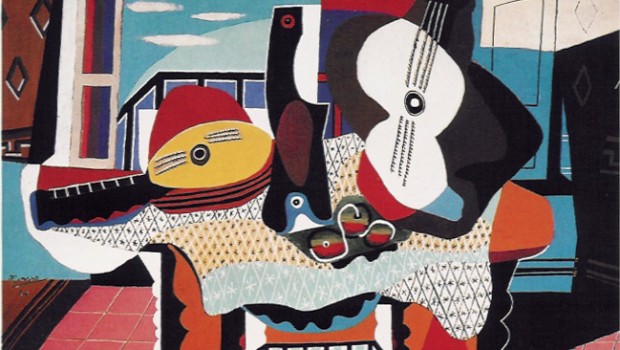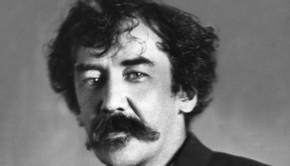Picasso & Truth: From Cubism to Guernica by T.J. Clark
| Press reviews | Buy the book | Have your say |
Blurb: Picasso and Truth offers a breathtaking and original new look at the most significant artist of the modern era. From Pablo Picasso’s early The Blue Room to the later Guernica, eminent art historian T. J. Clark offers a striking reassessment of the artist’s paintings from the 1920s and 1930s.
Read more
Why was the space of a room so basic to Picasso’s worldview? And what happened to his art when he began to feel that room-space become too confined–too little exposed to the catastrophes of the twentieth century? Clark explores the role of space and the interior, and the battle between intimacy and monstrosity, in Picasso’s art. Based on the A. W. Mellon Lectures in the Fine Arts delivered at the National Gallery of Art, this lavishly illustrated volume remedies the biographical and idolatrous tendencies of most studies on Picasso, reasserting the structure and substance of the artist’s work. With compelling insight, Clark focuses on three central works–the large-scale Guitar and Mandolin on a Table (1924), The Three Dancers (1925), and The Painter and His Model (1927)–and explores Picasso’s answer to Nietzsche’s belief that the age-old commitment to truth was imploding in modern European culture. Masterful in its historical contextualization, Picasso and Truth rescues Picasso from the celebrity culture that trivializes his accomplishments and returns us to the tragic vision of his art–humane and appalling, naïve and difficult, in mourning for a lost nineteenth century, yet utterly exposed to the hell of Europe between the wars. (Princeton University Press)
Jackie Wullschlager, Financial Times
“[A] thrilling new reading … Every era reinvents Picasso: in our age of performance and body art, Clark brilliantly posits a Picasso who replaced a truth project with a performance project, playing, dazzling, persuading.”
Kevin Jackson, Literary Review
“At his best, he is, simply, brilliant. At his worst, he is also brilliant — the phrases are lovingly crafted, but so gnomic as to border on the puzzling or the downright incomprehensible: ‘Strangeness is a value: Guernica speaks to that.’ ‘Destruction is a life’s work.’ ‘Cubist pictures are the last triumph of the ascetic ideal.’ ‘The world, for the bourgeois, is a room.’ ‘The bird in the cage is Picasso himself.’ Read carefully, most of these aphorisms — and the book, following the examples of Nietzsche and Wittgenstein, teems with them — will yield up not only sense but enlightenment.”
Thomas Marks, The Telegraph
“Clark breaks up the journey … with frequent excursions into Nietzsche and Wittgenstein, not as direct influences but as, respectively, “a way of making sense of what the painter did” and “a voice from the moment”. It is here, in his grappling with Nietzsche’s The Genealogy of Morals, that the grand narrative of “Truth” comes into things. These sections will inevitably be hard work for those readers (including me), for whom philosophical abstractions are like pills that won’t go down. No matter. His prose is abundant with tantalising aphorisms and observations. Some are sparkling asides but more often they act as spurs that encourage us to look more closely and less complacently at Picasso’s work.”
Buy the book
Amazon | Foyles | Hive | Waterstones
[AMAZONPRODUCT=0691157413]
OMNISCORE:












